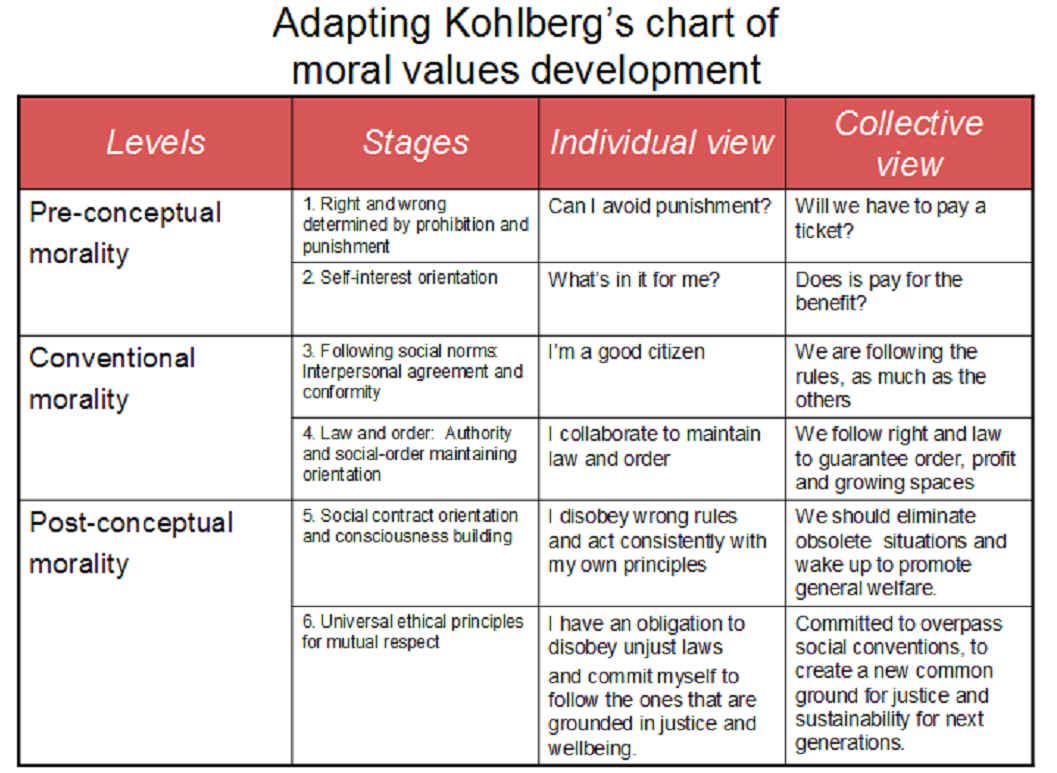Psychology Notes On – Thurstone’ s Theory – For W.B.C.S. Examination.
সাইকোলজি নোট – থারস্টোন এর তত্ত্ব – WBCS পরীক্ষা।
Louis Leon Thurstone (29 May 1887 – 30 September 1955) was a U.S. pioneer in the fields of psychometrics and psychophysics. He conceived the approach to measurement known as the law of comparative judgment, and is well known for his contributions to factor analysis.Continue Reading Psychology Notes On – Thurstone’ s Theory – For W.B.C.S. Examination.
Background and history
Louis Leon Thurstone was born in Chicago, Illinois to Swedish immigrant parents. Thurstone originally received a masters in Mechanical Engineering from Cornell University in 1912. Thurstone was offered a brief assistantship in the laboratory of Thomas Edison. In 1914, after two years as an instructor of geometry and drafting at the University of Minnesota, he enrolled as a graduate student in psychology at the University of Chicago (PhD. 1917). He later returned to the University of Chicago (1924–1952) where he taught and conducted research. In 1952, he established the L. L. Thurstone Psychometric Laboratory at the University of North Carolina at Chapel Hill.
Factor analysis and work on intelligence
Thurstone was responsible for the standardized mean and standard deviation of IQ scores used today, as opposed to the Intelligence Test system originally used by Alfred Binet. He is also known for the development of the Thurstone scale.
Thurstone’s work in factor analysis led him to formulate a model of intelligence center around “Primary Mental Abilities” (PMAs), which were independent group factors of intelligence that different individuals possessed in varying degrees. He opposed the notion of a singular general intelligence that factored into the scores of all psychometric tests and was expressed as a mental age. In 1935 Thurstone, together with EL Thorndike and JP Guilford founded the journal Psychometrika and also the Psychometric Society, going on to become the society’s first President in 1936. Thurstone’s contributions to methods of factor analysis have proved invaluable in establishing and verifying later psychometric factor structures, and has influenced the hierarchical models of intelligence in use in intelligence tests such as WAIS and the modern Stanford-Binet IQ test.
The Theory of Primary Mental Abilities
Thurstone (1938) proposed a theory of primary mental abilities. Although this theory is not widely used today, the theory forms the basis of many contemporary theories, including two contemporary theories discussed later, those of Gardner (1983) and Carroll (1993). It is also the basis for many contemporary group tests of intelligence.
Thurstone (1938) analyzed the data from 56 different tests of mental abilities and concluded that to the extent that there is a general factor of intelligence, it is unimportant and possibly epiphenomenal. From this point of view there are seven primary mental abilities:
- Verbal comprehension. This factor involves a person’s ability to understand verbal material. It is measured by tests such as vocabulary and reading comprehension.
- Verbal fluency. This ability is involved in rapidly producing words, sentences, and other verbal material. It is measured by tests such as one that requires the examinee to produce as many words as possible beginning with a particular letter in a short amount of time.
- Number. This ability is involved in rapid arithmetic computation and in solving simple arithmetic word problems.
- Perceptual speed. This ability is involved in proofreading and in rapid recognition of letters and numbers. It is measured by tests such as those requiring the crossing out of As in a long string of letters or in tests requiring recognition of which of several pictures at the right is identical to the picture at the left.
- Inductive reasoning. This ability requires generalization—reasoning from the specific to the general. It is measured by tests, such as letter series, number series, and word classifications, in which the examinee must indicate which of several words does not belong with the others.
- Spatial visualization. This ability is involved in visualizing shapes, rotations of objects, and how pieces of a puzzle fit together. An example of a test would be the presentation of a geometric form followed by several other geometric forms. Each of the forms that follows the first is either the same rotated by some rigid transformation or the mirror image of the first form in rotation. The examinee has to indicate which of the forms at the right is a rotated version of the form at the left, rather than a mirror image.
Today, Thurstone’s theory is not used as often in its original form, but it has served as a basis for many subsequent theories of intelligence, including hierarchical theories and modern theories such as Gardner’s (1983). Thus, to the extent that a theory is judged by its heuristic value, Thurstone’s has been one of the most important in the field.
Contributions to measurement
Despite his contributions to factor analysis, Thurstone (1959, p. 267) cautioned: “When a problem is so involved that no rational formulation is available, then some quantification is still possible by the coefficients of correlation of contingency and the like. But such statistical procedures constitute an acknowledgement of failure to rationalize the problem and to establish functions that underlie the data. We want to measure the separation between the two opinions on the attitude continuum and we want to test the validity of the assumed continuum by means of its internal consistency”. Thurstone’s approach to measurement was termed the law of comparative judgment. He applied the approach in psychophysics, and later to the measurement of psychological values. The so-called ‘Law’, which can be regarded as a measurement model, involves subjects making a comparison between each of a number of pairs of stimuli with respect to magnitude of a property, attribute, or attitude. Methods based on the approach to measurement can be used to estimate such scale values.
Thurstone’s Law of comparative judgment has important links to modern approaches to social and psychological measurement. In particular, the approach bears a close conceptual relation to the Rasch model (Andrich, 1978), although Thurstone typically employed the normal distribution in applications of the Law of comparative judgment whereas the Rasch model is a simple logistic function. Thurstone anticipated a key epistemological requirement of measurement later articulated by Rasch, which is that relative scale locations must ‘transcend’ the group measured; i.e. scale locations must be invariant to (or independent of) the particular group of persons instrumental to comparisons between the stimuli. Thurstone (1929) also articulated what he referred to as the additivity criterion for scale differences, a criterion which must be satisfied in order to obtain interval-level measurements.
Our own publications are available at our webstore (click here).
For Guidance of WBCS (Exe.) Etc. Preliminary , Main Exam and Interview, Study Mat, Mock Test, Guided by WBCS Gr A Officers , Online and Classroom, Call 9674493673, or mail us at – mailus@wbcsmadeeasy.in
Visit our you tube channel WBCSMadeEasy™ You tube Channel
Please subscribe here to get all future updates on this post/page/category/website



 +919674493673
+919674493673  mailus@wbcsmadeeasy.in
mailus@wbcsmadeeasy.in






































































































